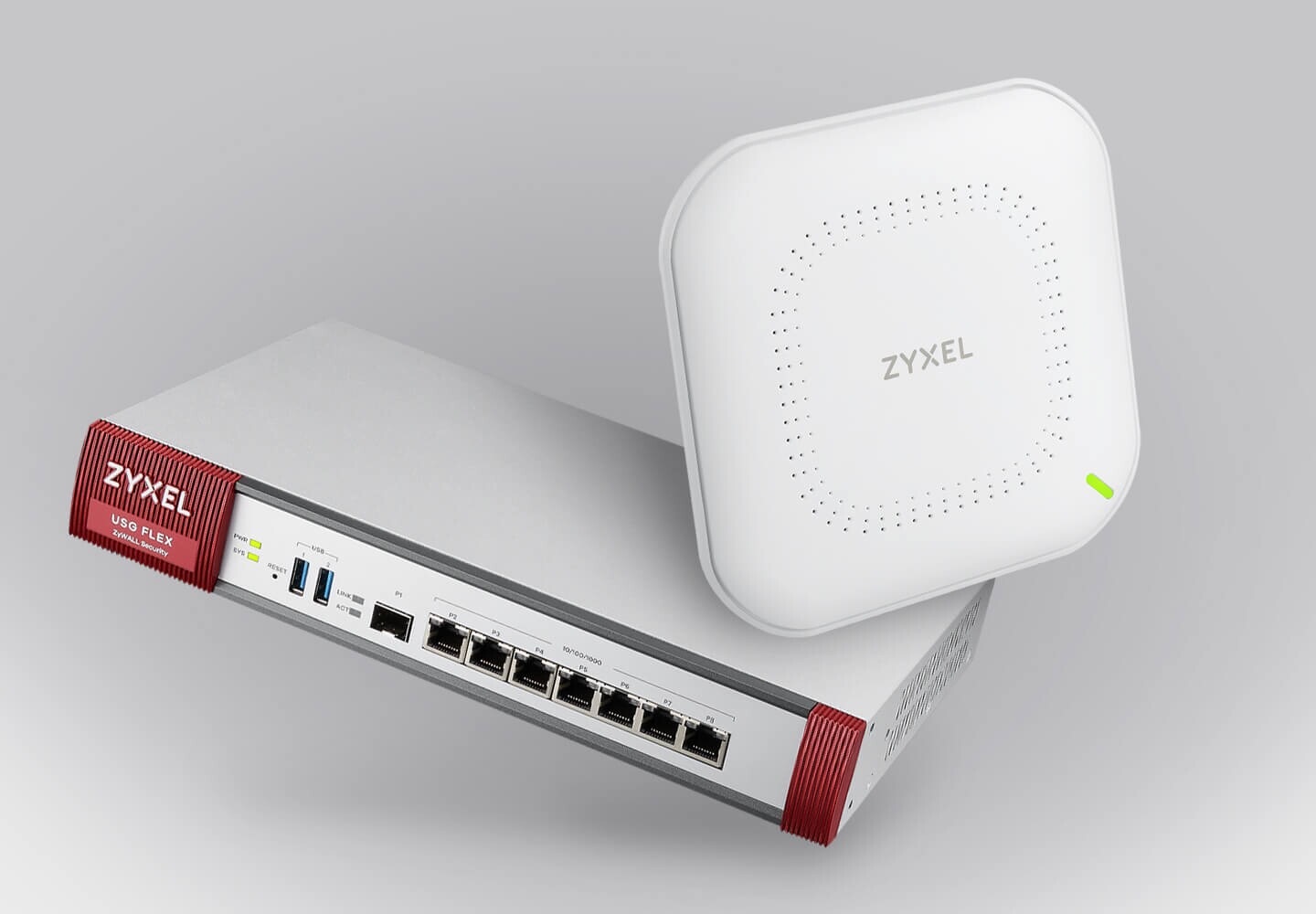It is more important than ever to ensure robust network security in an era where digital transformation is a top priority. Advanced security solutions have been created as businesses increase their digital footprint to protect critical information, thwart cyber threats, and sustain uninterrupted operations. The Zyxel ZyWALL ATP500, a cutting-edge network security appliance created to offer complete protection for contemporary networks, is one such option that has gained popularity.
Knowledge Of Zyxel Zywall ATP500
This appliance, which incorporates several security features into a single device to address the changing cybersecurity landscape, is a flexible option for companies of all sizes. The ATP500 is designed to offer a comprehensive protection mechanism against various cyber threats thanks to its potent capabilities.
Key Qualities And Advantages
- Multiple Layers of Security: Network security is implemented using a multi-layered strategy by the ZyWALL ATP500. It incorporates content filtering, application control, anti-virus, anti-malware, and intrusion detection and prevention (IDP). The ATP500 uses these layers to identify and stop threats at different stages, guaranteeing that harmful activities are stopped before they may harm.
- Advanced Threat Intelligence: An advanced threat intelligence engine powers the ATP500 and continuously updates its database with the most recent threat data. This makes it possible for the appliance to swiftly recognize emerging dangers and take preventative action to minimize them.
- Sandboxing and Zero-Day Protection: Zero-day vulnerabilities pose a significant chance to organize security as they misuse unknown computer programs or equipment vulnerabilities. The ATP500 joins sandboxing technology to analyze and separate suspicious records or exercises. This feature plays a vital role in protecting system security against zero-day threats, guaranteeing that businesses stay secure despite unknown threats.
- Secure VPN Connectivity: The ATP500 offers a secure virtual private (VPN) network, permitting remote workers to access the corporate network safely. With encryption and verification mechanisms, businesses can guarantee that data transmitted between remote areas and the leading network remains secret and secure from spying.
- Centralized management: It cannot be easy to manage network security across several devices. The ATP500’s centralized management capabilities streamline this procedure. This reduces complexity and saves time by enabling administrators to configure, monitor, and manage security settings from a single console.
- Performance and Scalability: The ATP500 is built to deliver top performance while upholding the highest security standards. It is appropriate for enterprises with expanding customer bases or heavy network traffic because of its strong processing capacity and scalability. This makes sure that network performance isn’t sacrificed for security.
Applications And Use Cases
There are numerous industries and use cases that can be benefitted by this network security appliance:
- Enterprises: The entire security suite of the ATP500 may help large enterprises protect sensitive information, maintain regulatory compliance, and preserve their reputation.
- SMBs: The ATP500 provides enterprise-grade protection for small and medium-sized organizations without the complexity that frequently comes with such systems.
- Remote Workforce: With more people working from home, the ATP500’s secure VPN connectivity allows them to connect to the network without risking their security.
Conclusion
The Zyxel ZyWALL ATP500 is a beacon of security in the constantly changing world of cybersecurity. This network security appliance addresses the complex problems that contemporary enterprises encounter by integrating advanced threat detection, sandboxing, VPN capabilities, and centralized management. The ATP500 offers a robust and complete security solution that helps enterprises confidently navigate the digital world, whether by blocking known threats, spotting emerging weaknesses, or providing secure remote access.



